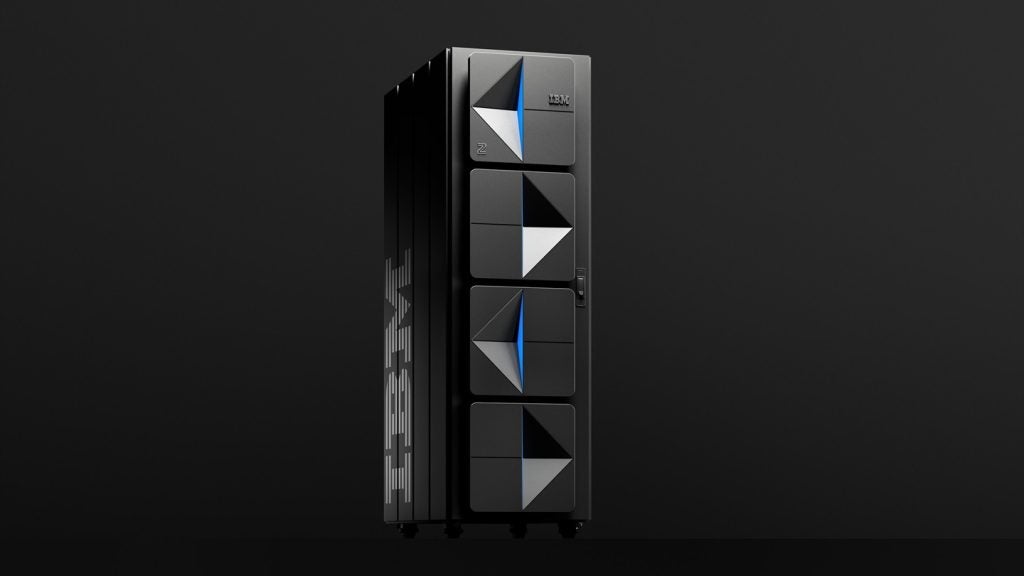
Like any endpoint, printers can be a vulnerable entry point for hackers to exploit. While many businesses are aware of this, there remain common challenges that come with protecting print machines from cyber threats. This is how they can be prevented – with the help of the print industry.
It is incumbent on organisations to understand the security risks that come with their printers. Irrespective of the size and nature of a business, some common vulnerabilities related to print devices that businesses should be aware of are as follows:
- When the firmware is not regularly updated and access credentials are easily compromised, businesses become more susceptible to a hack.
- When multiple print and mobile devices are connected, data can often be lost in motion. As a result, the vulnerability to access unauthorised data also increases, posing greater threats to the business and its reputation.
- With the internet of things expanding, so too does the potential for a botnet’s size and power (a number of connected devices to attack a system or steal data). Botnets can infect almost any device connected directly or wirelessly to the internet.
How can organisations prevent printer hacks?
Once companies understand the risk they face, they require a comprehensive risk assessment strategy. There are multiple layers to print security – encompassing the device, network and the documents/information they produce. A few prevention strategies to adopt are as follows:
Regularly update the operating system
Upgrade the firmware and patch devices to ensure all potentials risks are mitigated. Older devices that are not patchable are a particular security risk. Consider automating the deployment of firmware updates.
Strengthen the process for access credentials and change passwords
Regularly monitor and track the usage of the print machines. By following stringent protocols, businesses can ensure that unauthorised employees cannot access the print queue or send harmful files to the device.
Upon setting up the office’s new printer or multifunctional device, changing the default password is imperative.
Training is key
Businesses need to ensure all employees have undergone adequate security training on the importance of protecting or printing sensitive information and raise awareness of relevant malicious threats. All organisations must better educate and train end users on the potential security risks associated with printing
How can the print industry help?
Given multifunctional printers are as connected as any other IT endpoint, print security must be treated as a fundamental element of the broader security strategy. Print firms have devised solutions and precautionary measures to encourage the protection of all print machines.
One such solution on the market is ‘managed print services’ which allows seamless integrations between an existing IT environment and print devices – with minimal disruption. Besides encouraging print security, with the introduction of such solutions, the print industry has also improved businesses in the following manner:
Reduced waste
Print security management and solutions have ensured that no document is printed without the relevant protocol. These include processes such as user authentication, user analytics, secure document release, job tracking, chargeback and accounting, and rules-based printing. As print firms offer this layered approach to document security, it can prove an eco-sustainable and low-cost option for SMBs.
Strong security measures
Print firms have enabled businesses to become more aware of the protocols in place as managed print services (MPS) comes in many forms: from entry level packages that wrap hardware, service and supplies based on a cost-per-page contract, to more sophisticated enterprise engagements that include document workflow. Change and continuous management are integrated into print machines, so businesses can monitor and track their activities.
Increased convenience
Solutions like MPS have improved productivity within the office environment. A smart, sophisticated device that offloads itself to a server for security, it has evolved to become an integral document processing hub capable of handling print, copy, fax, scan and email.
All organisations must understand the risks faced through hardware such as printers and address them on a proactive basis. To support this, print firms have developed print management tools that are integrated in broader IT security management tools to provide remote warning notifications for errors or unusual activity.
Common measures have also been recommended for businesses to adopt and, in turn, minimise the risk of exposing confidential information, which helps keep both company and customer information safe.
Read more: Office fax machines found to pose major threat to company networks







